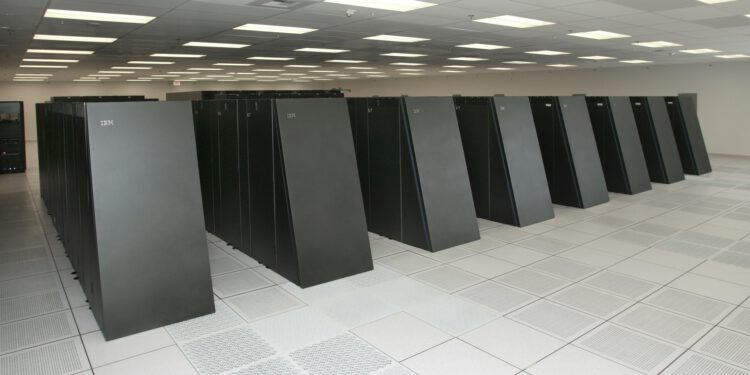Artificial intelligence in China will progress to create a $ 150 billion market by 2030. At least that’s what the authorities want.
China does not want to be a second in artificial intelligence. A recent announcement by the Beijing government shows a plan to become a leader in this field. It will be in a little over a decade when the Asian country will be ahead. At least this is what the authorities are planning.
The plan to raise artificial intelligence in China contemplates that in 2020 the sector already has a market volume of 22,000 million dollars. In 2025 will be 59,000 million, while by 2030, $ 150 billion will be reached.
The authorities & apos; idea is to resolve some issues related to state-of-the-art technology. They want to design state-of-the-art chips, develop software that can program software, or automate staff training. The government reserves a role in matters of regulation and support both economic, for research, and otherwise.
The investment, through incentives or tax cuts, is aimed at Chinese companies to make a qualitative leap. Although the plan is not only intended for the private sector. The military and the government will also contribute to this effort in their respective fields.
The plan to stimulate artificial intelligence in China covers almost any field. From voice recognition to exploring the sea floor or the Arctic with robots, to the role of AI in military security. All this in order to become the first AI innovation center by 2030.
The plan has an economic motivation, as it could not be otherwise, and also has a precedent. The government launched a robotization plan : same motivation, same scheme. It is a long-term strategy to evolve robotics and its applications. The aim is to move from being a country with cheap labour to offering cheap manufacturing with cutting-edge technology.
Robots will replace low-cost workers in plants, so that China remains the world’s factory. This plan is already in place and seems to be working. An example of this is that Foxconn, the manufacturer of the iPhone, already has replaced tens of thousands of workers with robots. It would not be strange if both strategies were coordinated, as the fields have a lot to do with each other.
Images: NNSA News, Peter Kudulija








